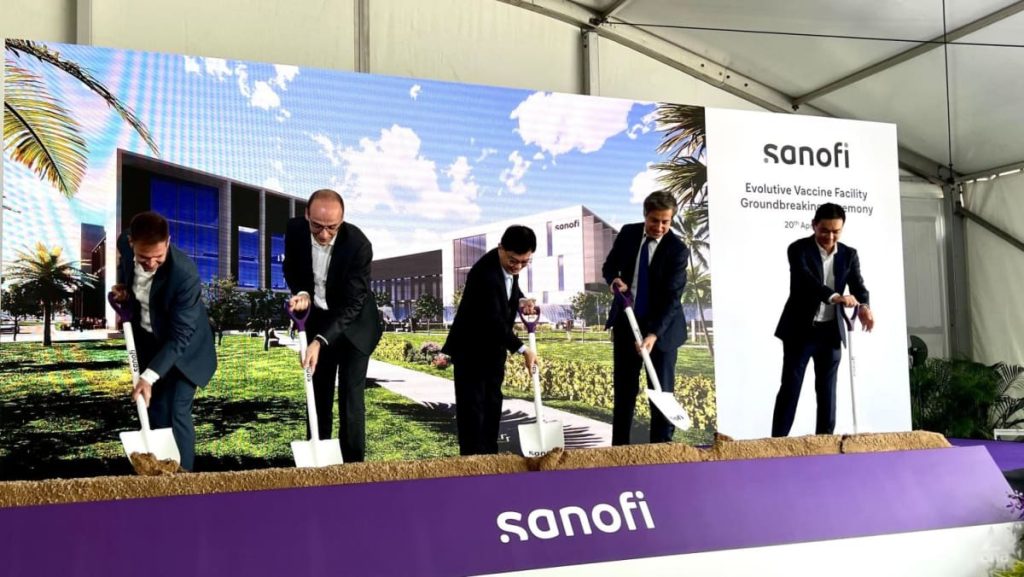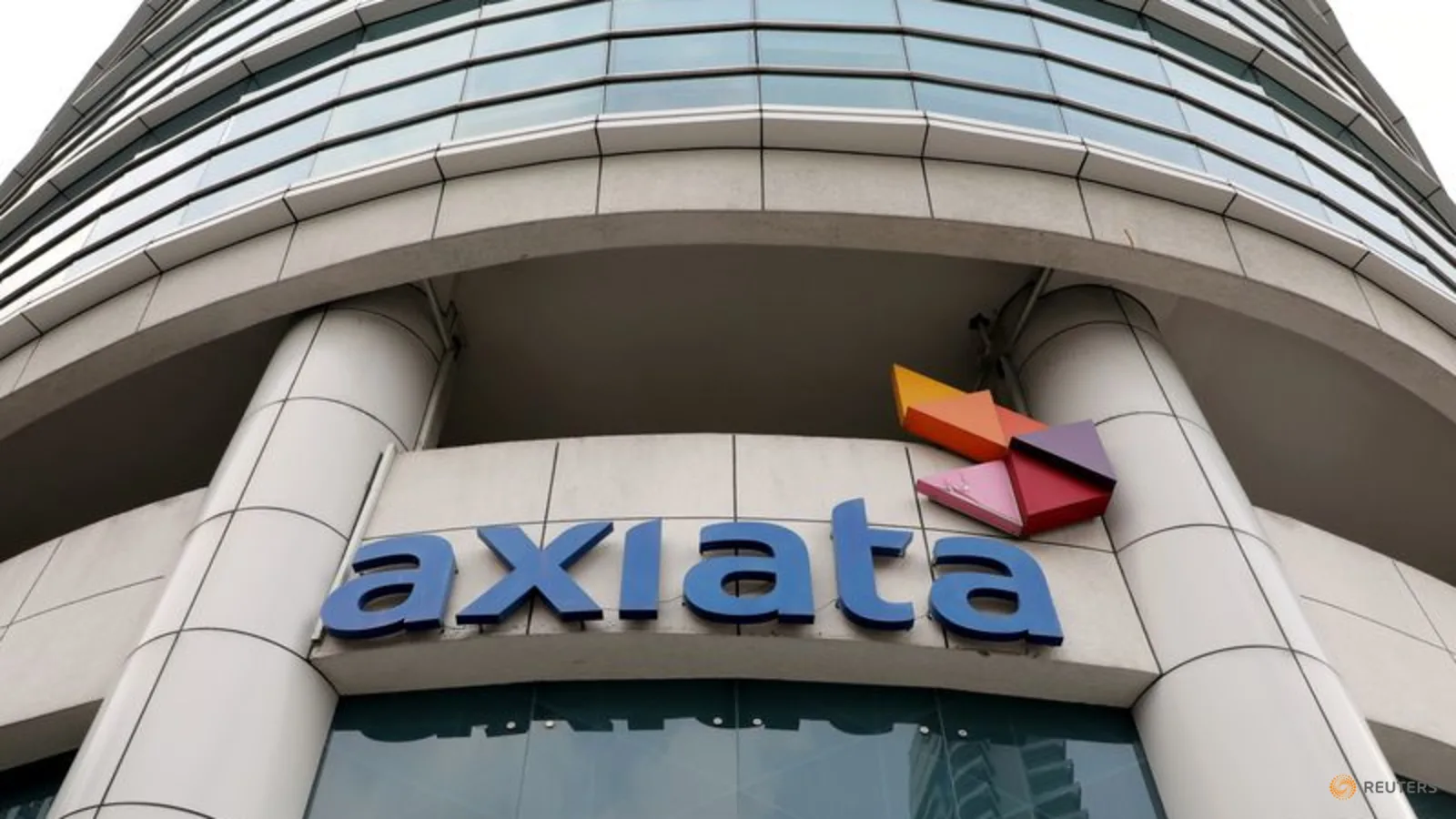
According to Deputy Prime Minister Heng Swee Keat, the region will be better prepared for future pandemics and any economic consequences if Singapore’s vaccine manufacturing capability is improved (Apr 20).
While the COVID-19 Omicron wave has subsided, other variants of concern could develop, according to Mr Heng, who spoke at the groundbreaking ceremony for Sanofi’s evolutive vaccine factory in Tuas.
In his words, “Even when COVID-19 is eventually behind us, we must anticipate and prepare for the next pandemic. COVID-19 has reinforced the importance of pandemic preparedness and supply chain resilience. We must not take our foot off the pedal when the pandemic fades. By enhancing our capacity for manufacturing vaccines in Singapore, the region will be in a stronger position for dealing with future pandemics and the ensuing economic shocks. Locating vaccine production here will also allow us to push new frontiers of innovation in vaccine manufacturing, and in biomedical sciences more broadly.”
Facility Expected To Create 200 Jobs In Singapore
Sanofi, the French pharmaceutical company, said last year that it will invest €400 million (S$637.8 million) in a new vaccine manufacturing facility in Singapore.
Mr Heng, who is also the Coordinating Minister for Economic Policies, said that Sanofi’s APAC regional office has been in Singapore since 1997.
Sanofi’s first vaccine manufacturing unit in Singapore, the evolutive vaccine facility, is likely to create 200 new jobs in Singapore, he noted.
In Mr. Heng’s words, “This is testament to your confidence in the value of such capability for the region, and the confidence in the partnership between France and Singapore.”
According to Sanofi in a separate press release, the facility, which is expected to be at full production by the end of 2025, is “fully digitalised, modular” and will have the capacity to produce vaccines “on a large scale” for Asia.
In the words of the press release, “Leveraging Singapore’s position as a regional innovation hub for the healthcare industry, these ‘factories of the future’ are designed to enable more agile and flexible manufacturing of multiple vaccines and biological platforms, including mRNA, enzymes and monoclonal antibodies.”
According to Sanofi’s head of vaccines, Thomas Triomphe, the facility is designed as a single large unit with many modules or docking stations positioned around the room.
All of the stations will be digital, and operators will be able to buy “specific configurations” for certain products, he stated. Robots will provide everything required for the orders automatically.
“It’s all based on the concept of flexible manufacturing. You can switch from one vaccine production to another one,” said Mr Triomphe.
He stated that the facility will be able to produce protein recombinant vaccines such as influenza vaccinations, as well as vaccines that protect against pediatric disorders such as the RSV vaccine.
According to Mr Triomphe, the facility’s versatility allows Sanofi to produce enzymes with “local antibody specificity” for the Asian population.
It would also be paperless because it is a fully digital facility, he added. The screens on each module will be connected to various sensors that will be wired into the production process. The process may be followed on the screens, and operators will be notified when the products are ready.
Massive Scale Production Ability

The pharmaceutical company is investing €900 million over five years to build two new evolutive vaccine facilities, one in the United States and the other in France.
Mr Heng explained that the evolving vaccination plant is meant to respond fast to future pandemic dangers, with the ability to produce “on a large scale.”
Typical vaccine manufacturing facilities can only make one vaccine at a time, but the facility will be able to produce three to four vaccinations at the same time, according to him.
According to Mr. Heng, “This modularity and flexibility will allow the faster production of a vaccine when a public health crisis hits. In addition, the facility is designed to be carbon neutral, to be more resource efficient and to minimise waste production.”
According to Sanofi, the new plant’s carbon footprint will be 40% lower than that of a traditional vaccine factory. It also saves four times the amount of water, nine times the amount of energy, and 15 times the amount of chemical products.
In addition, the amount of trash created will be 80% lower than in a standard vaccine manufacturing facility.
Mr. Triomphe called the healthcare sector’s recent two years as a “significant learning experience.”
In his words, “Even as health systems have been challenged, we have seen the power of preventive care, especially vaccination, to help countries save lives and health systems, and make sure that the best resources are taken care of.”
Under the Research, Innovation and Enterprise 2025 commitment, Singapore has committed S$25 billion to the three areas in the coming years until 2025, Mr Heng noted.
He went on to say that advanced manufacturing, particularly biopharmaceutical production, is a “priority area” for RIE2025.
Mr Heng said that the Pharma Innovation Programme Singapore (PIPS) program, which is part of RIE2025, will be expanded to include biologics and vaccine makers.
He also mentioned that a new initiative called BIOPIPS will be launched to enable more companies to cooperate on pre-competitive co-innovation.
“As we seek to exit the COVID-19 pandemic, we are also looking ahead to prepare for Disease X,” said the Deputy Prime Minister in closing.
He added that “the upcoming evolutive vaccines facility will enhance our capacity for manufacturing vaccines locally and strengthen the region’s position to withstand future pandemics or supply chain shocks. As importantly, Sanofi’s new factory will add to the growing biopharma community in Singapore, and enable us to further push the boundaries of vaccine manufacturing.”







